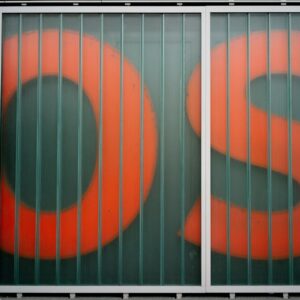The iPhone, the iPad, and many other smartphones have operating systems that are far more complex than they appear on the surface. These mobile OSes are derived from a computer OS called Unix. But even though they may be similar to a computer OS, they aren’t controlled by Google or Apple in the same way that desktop computers are controlled by Microsoft or Apple’s MacOS (also called macOS). The difference between these two types of operating systems—mobile vs. desktop—has major implications for their security and overall functionality.
What is an Operating System?
 An operating system (OS) is a set of computer programs that manages the hardware and software resources of a computer and its peripheral devices, and the interactions between them. It provides a platform for the user to interact with the computer, and is responsible for the management and coordination of activities and the sharing of the resources of the computer system. This usually entails managing tasks, threads, processes or virtual machines (VMs).
An operating system (OS) is a set of computer programs that manages the hardware and software resources of a computer and its peripheral devices, and the interactions between them. It provides a platform for the user to interact with the computer, and is responsible for the management and coordination of activities and the sharing of the resources of the computer system. This usually entails managing tasks, threads, processes or virtual machines (VMs).
The most significant difference between an OS and other types of software is that it’s designed to allow people to use computers without having to learn about how they work. This makes using a computer simpler than it would be otherwise—you can focus on what you want your machine to do rather than how it does it.
Smartphones are a lot more complex than they appear on the surface
You might not think about it, but your mobile phone is a computer. It has an operating system—a program that controls the hardware and allows you to use your phone. Operating systems have been used in computers for decades, but they didn’t make their way into phones until the late 1990s with Windows CE and Palm OS.
Nowadays, smartphones have operating systems that are similar or identical to those found on regular computers (Windows 10 Mobile, macOS, iOS). But there are also mobile phone operating systems that are quite different from desktop or laptop OSes (Google Android).

How Are iOS and Android Different?
First things first: iOS and Android are both operating systems that run on smartphones, but they’re not the same thing. An operating system’s primary function is to manage hardware resources in your phone or tablet, allowing different applications to run smoothly.
iOS is a closed operating system, which means it’s tightly controlled by Apple so that only approved apps can be installed on iPhones (and iPads). Apple has been accused of being too controlling in the past, but this does mean that new versions of iOS are released relatively quickly without any major bugs or security flaws (at least compared to Android). This also means that you can use many apps developed by Apple without having to worry about compatibility issues. However because every iPhone looks and runs identically, it might be more difficult for some people with disabilities who need customizations such as braille keyboards or increased size text options for vision-impaired users who want larger fonts than what is offered by default settings on an iPhone.
Limitations of Android and iOS
 Android and iOS are closed systems, meaning that they only work with their own devices and applications.
Android and iOS are closed systems, meaning that they only work with their own devices and applications.
Since Android and iOS are not open source, other operating systems can’t be made to run on their phones. The same goes for new hardware or software (like a program that lets you take selfies).





